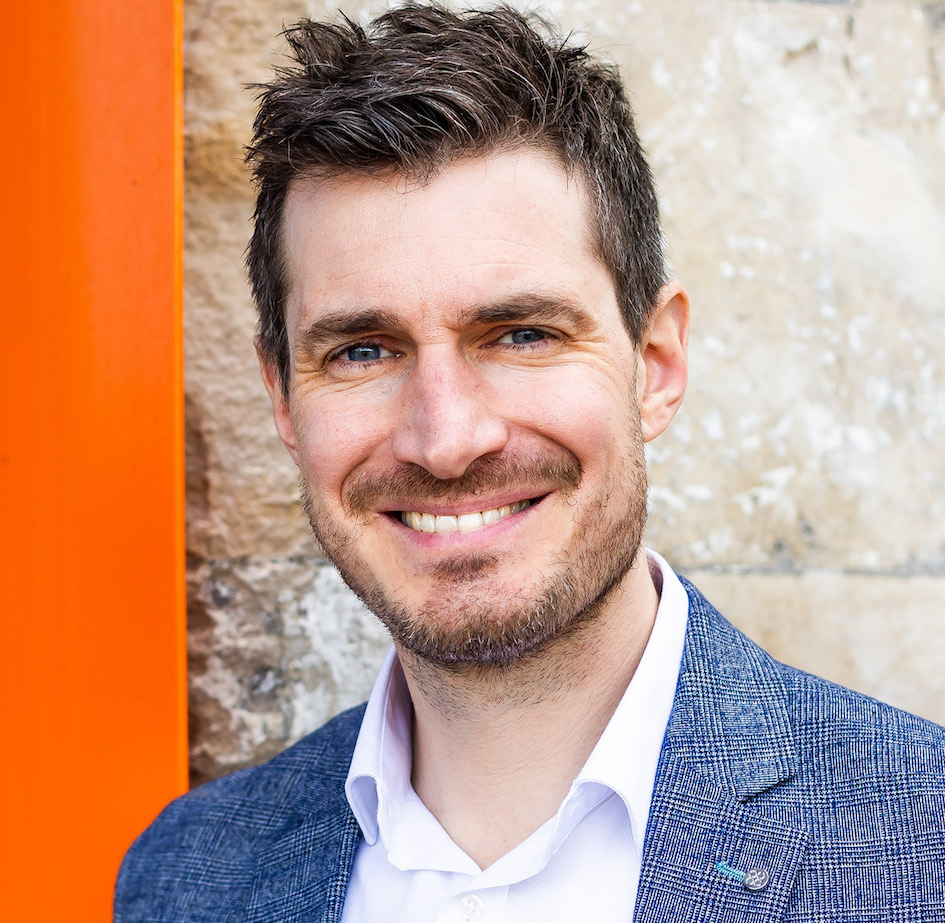A new year often brings change, which can be unsettling and requires strong, focused leadership. We asked five Mindbeat coaches what they would say to leaders being asked to implement transformation as part of organisational strategy in 2025. This is what they had to say.
Mindbeat coach, Pam Kingsland
My top tips for driving a meaningful transformation are to ensure you start with defining a clear, compelling vision that resonates with all stakeholders. This vision should encapsulate the desired future state and guide all transformation efforts. It is also crucial to involve key stakeholders from the beginning. Their input, support, and buy-in are essential for successful transformation. Regular communication and transparency can help build trust and collaboration.
Where possible, use data to drive decisions. Gather insights from various sources to understand current challenges, identify opportunities, and measure progress. Data-driven strategies are more likely to be effective and sustainable. Ensure you retain flexibility and develop a flexible plan to adapt to changing circumstances. Set short-term goals to achieve quick wins, but remain open to adjustments as new information emerges.
Crucially, foster a culture of empowerment where employees feel valued and motivated to contribute. Provide the necessary resources, training, and support to enable them to drive transformation initiatives. Embrace a mindset of continuous improvement. Regularly assess and refine strategies, processes, and practices to ensure ongoing growth and development.
Finally, celebrate successes! Recognise and celebrate achievements, both big and small. Celebrations can boost morale, reinforce positive behaviour, and maintain momentum throughout the transformation journey.
Mindbeat Coach, Gill Simpson
When leading change, we often focus exclusively on the future, inspired by the possibilities and eagerness to engage others with a vision of what lies ahead. However, this can lead us to overlook an essential aspect: acknowledging what people are being asked to give up and leave behind.
Without addressing what is ending, individuals may remain attached to existing ways of doing things, relationships and dynamics. If they feel ‘forced’ into new approaches, these attachments may resurface later, manifesting as resistance, defensiveness, and frustration.
Take time to reflect—both as a leader and with your teams—on what is coming to an end and what needs to be let go of. What would a thoughtful and meaningful ending look like for this chapter?
Only by fully closing one chapter can you release the energy needed to move forward into the next.
Mindbeat coach, Colleen Lightbody
In December I travelled to Antarctica, the coldest, driest, highest, windiest, most inhospitable and most beautiful continent on the earth, To get there, you have to cross the feared and treacherous Drake Passage. A two-day crossing over a stretch of wild water (pictured) facing the ‘Roaring Forties’, ‘Furious Fifties’, and ‘Screaming Sixties’ (40, 50 and 60 degrees latitude), swift currents and colossal waves. Fortunately, we had an unflappable captain. Captain Todd McBain.
2025 already feels like being on the Drake Passage. Dramatic and rapid tech advancements, unexpected shifting social norms, significant global challenges and complexity – if ever there was a moment that demands leadership, this is it.
Change requires wise navigation, is your leadership transformative, survivalist, or disastrous? Over 800 ships have met their demise in the Drake.
The human brain is wired for predictability and efficiency. When faced with the unprecedented pace of 2025, the brain can perceive change as a threat, triggering the amygdala’s fight-or-flight response.
Great Leaders never underestimate the impact that uncertainty has in creating primitive brain responses (think global pandemic and the shutting down of entire countries). So be like Captain McBain:
* Create Psychological Safety – open and reassuring communication from the bridge.
* Harness Neuroplasticity – he expected open and courageous mindsets to face the challenge
* Lead with Vision – we were constantly reminded of the magnificence of the destination
* Teamwork and bonding – we were encouraged to talk, support and feel like we owned a collective identity facing the dragon.
Captain, our Captain, transformed our experience of the Dreadful Drake! Be that Captain of your ship this year.
Mindbeat coach, Anita Sauvage
Leaders are the architects of an organisation’s future and that’s why they need to set a meaningful tone for its transformation path.
One element that will influence success is their ability to communicate the ‘what’, “why” and ‘how’ in a clear and understandable way. Without it, one might not get the employees’ buy-in.
Collaboration is also crucial to achieve great results. Encouraging cross-functional collaboration and enabling risk-taking will support a sense of belonging and promote harmony. This is an integral part of a transformational process.
But above all, leaders need to show that they are authentic and empathic (the foundations of Emotional Intelligence). A research by the Harvard Business Review found that leaders with high emotional competency are six times more likely to carry out successful transformation projects within their organisations. Their ability to manage emotions helps to improve communication, collaboration, but also conflict resolution or resistance to change.
Emotionally intelligent leaders know how to listen, inspire, create trust, guide and support their teams through the change process. They foster a more harmonious and motivating working environment, which is vital to create a meaningful and successful transformation.
Mindbeat coach, Gerard Delagarde
Having decided what change to aim for, leaders then have to drive it. Arguably, that’s what they’ve always done – so why will the second quarter of this century require a different approach?
Above all, because of digital technology. Whilst that’s not new, the reach and capacity of AI, machine learning, and automation will present new opportunities and risks, significantly surpassing even 2024. Leveraging the opportunities will be part of most businesses’ transformational goals. It should also be part of how they drive those goals – as a tool for agile innovation and enhanced communication, informed decision-making, and evaluation of progress.
The leader’s role is to develop, inspire and empower others to identify and implement such enhancements. Managers can’t assume that everyone understands the potential of AI for example, even amongst young people. This means (a) encouraging growth mindsets by promoting continuous learning and investing in employee development programmes and (b) creating an environment where creativity and experimentation are valued.
What will distinguish transformational leaders is their ability to do all the above, including using AI, whilst still communicating with human empathy and authentic passion.
Mindbeat coach, Tariq Janmohamed
Support the emotional journey during the transformation. Even if people are bought in and support the change in principle, they will likely experience a range of emotions during the transformation before finally accepting and succeeding in the new environment (or in some cases deciding to leave). Acknowledging and supporting those emotions therefore eases the transformation journey. This can be done in a variety of ways including facilitated plenary sessions, smaller group sessions or if necessary, one-to-one support.
Generate short-term wins. If people see some of the benefits of transformation quickly then it will likely lead to a virtuous cycle in which the change can be more easily, swiftly and successfully instituted.












